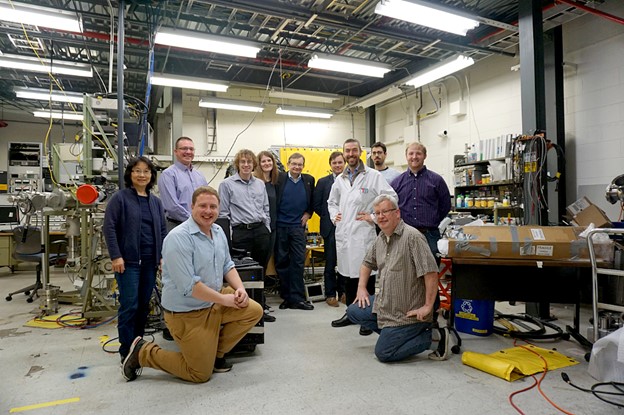
The KDK Collaboration Identifies Rare Nuclear Decay in Long-Lived Potassium Isotope
The observation of a rare potassium-40 decay aids in estimating neutrinoless double-beta decay half-life and dating geological features.

The observation of a rare potassium-40 decay aids in estimating neutrinoless double-beta decay half-life and dating geological features.
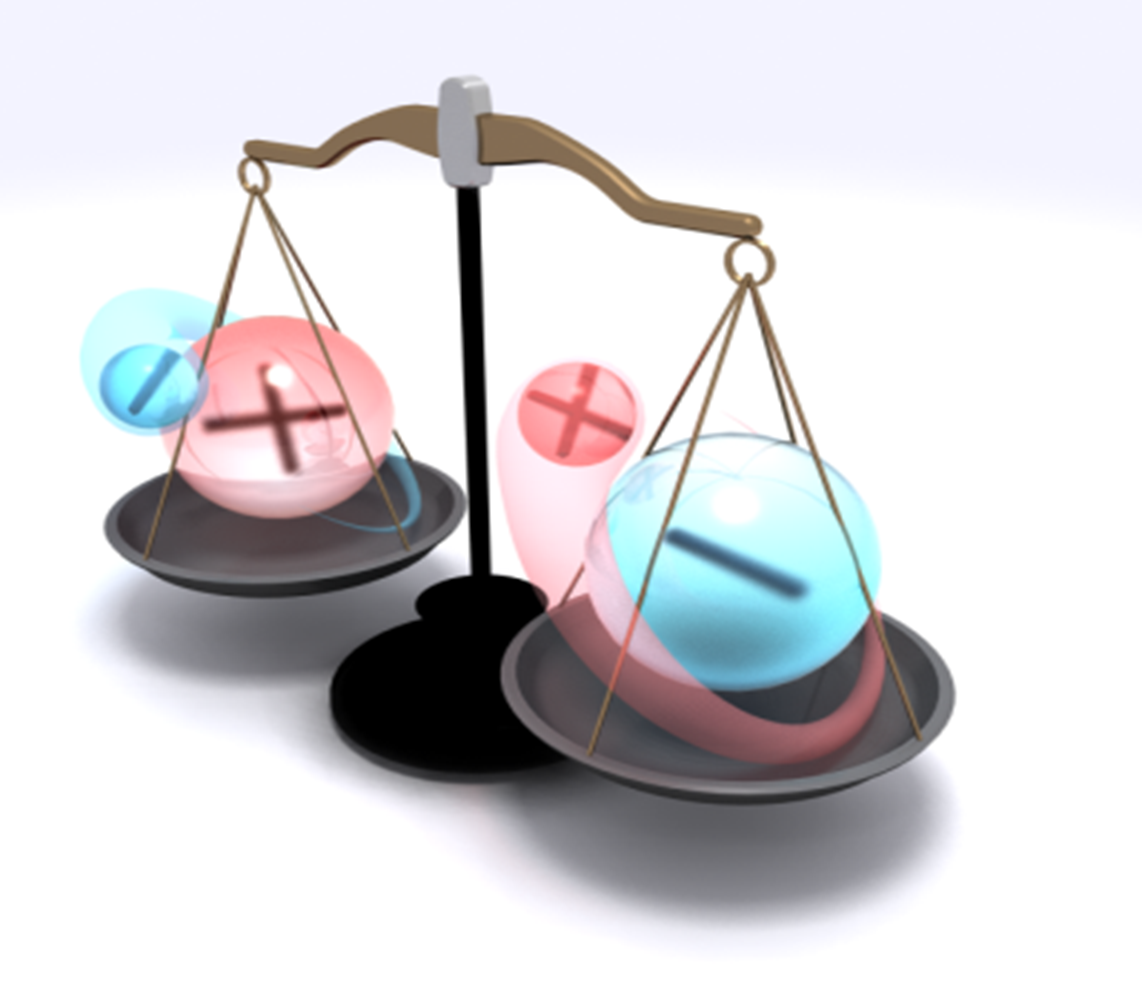
Settling a long-standing question, scientists have proven that antihydrogen falls downward in a first-ever direct experiment.
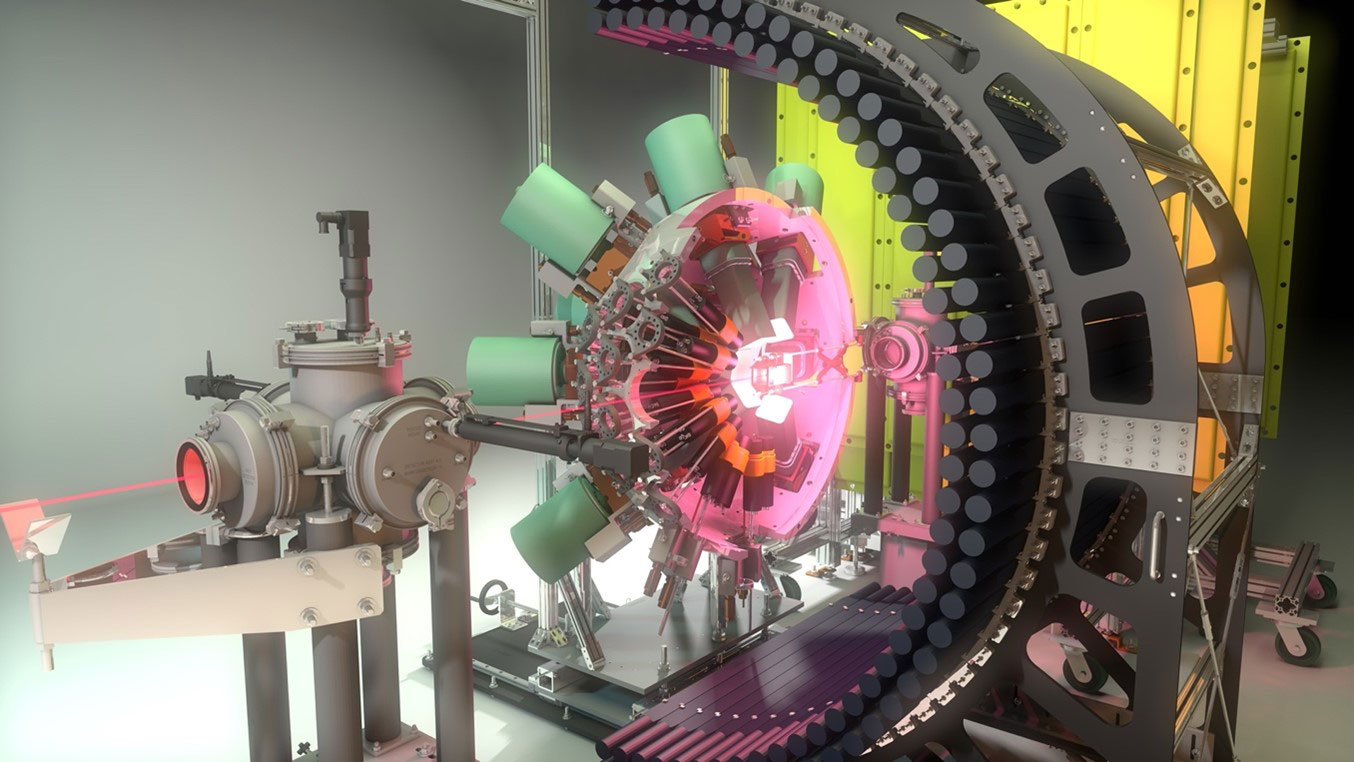
A newly discovered excited state in radioactive sodium-32 has an unusually long lifetime, and its shape dynamics could be the cause.
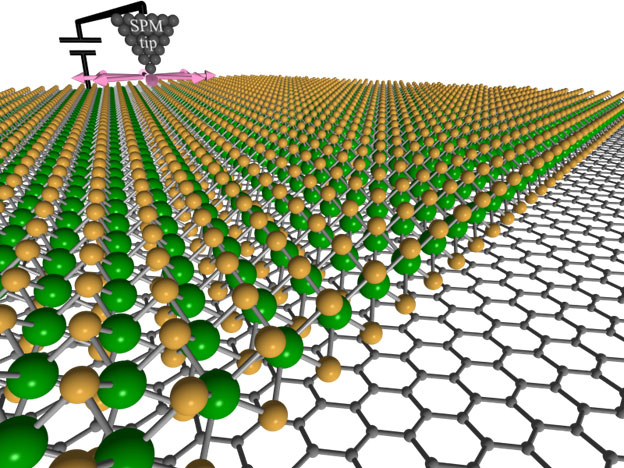
Machine learning and artificial intelligence accelerate nanomaterials investigations.
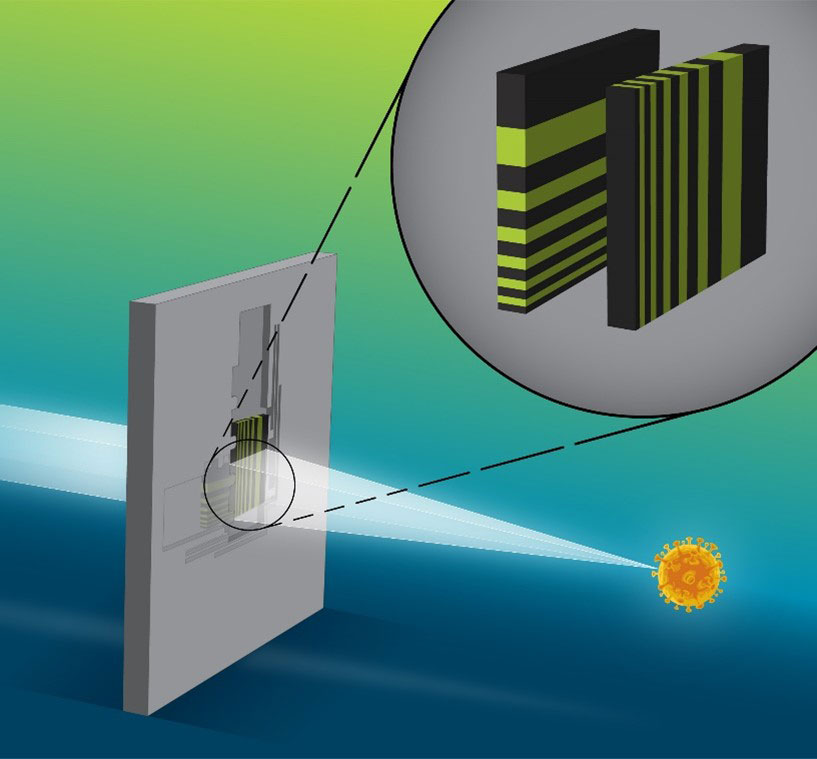
This new Laue lens system received a 2022 Microscopy Today Innovation Award.
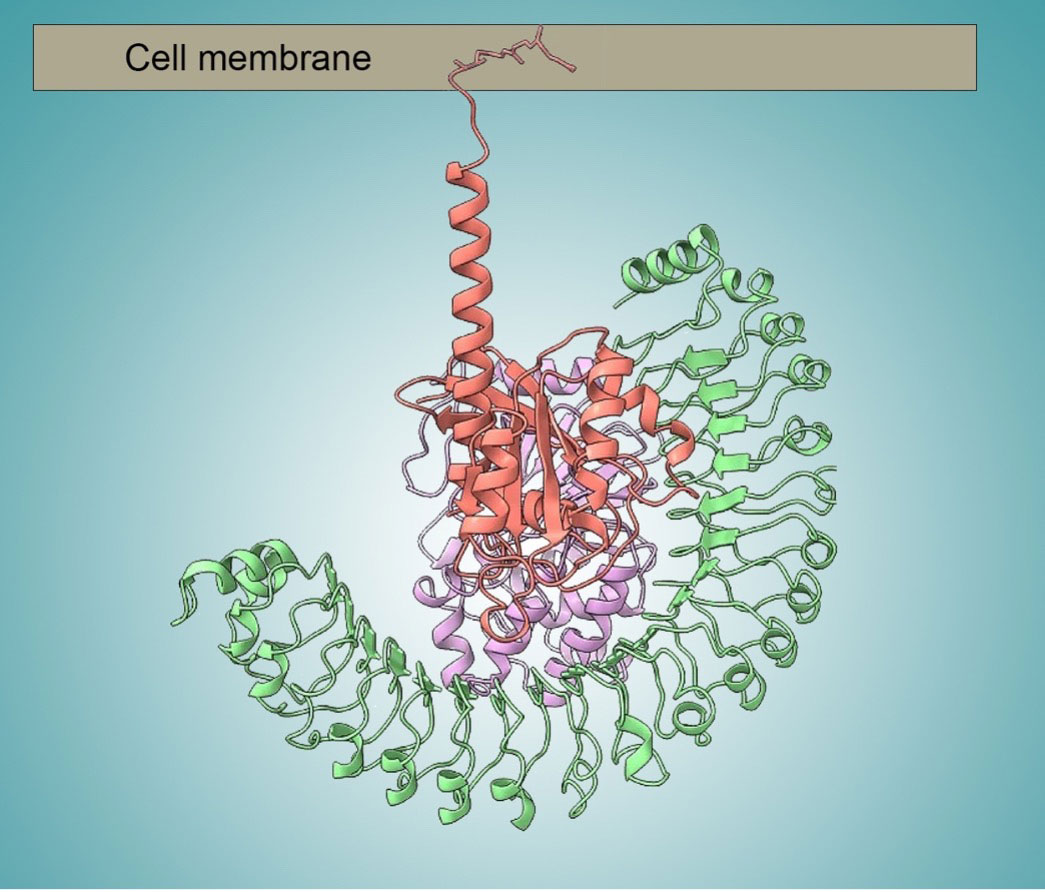
Three proteins work together to transmit signals for cell division, revealing new targets for cancer-fighting drugs.
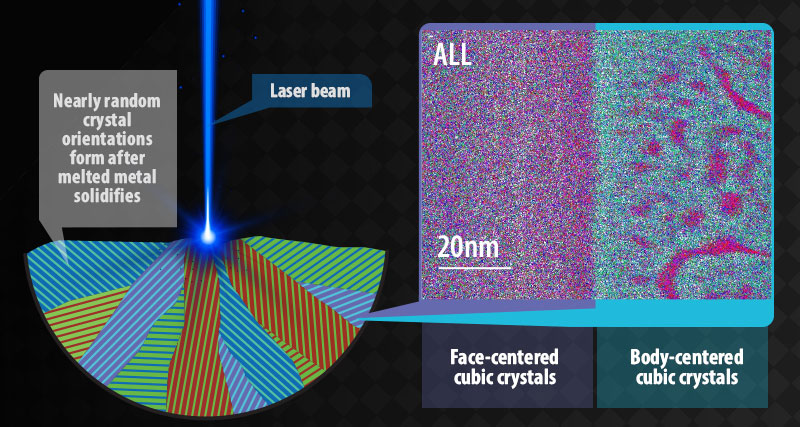
Laser-based additive manufacturing produces high-entropy alloys that are stronger and less likely to fracture.
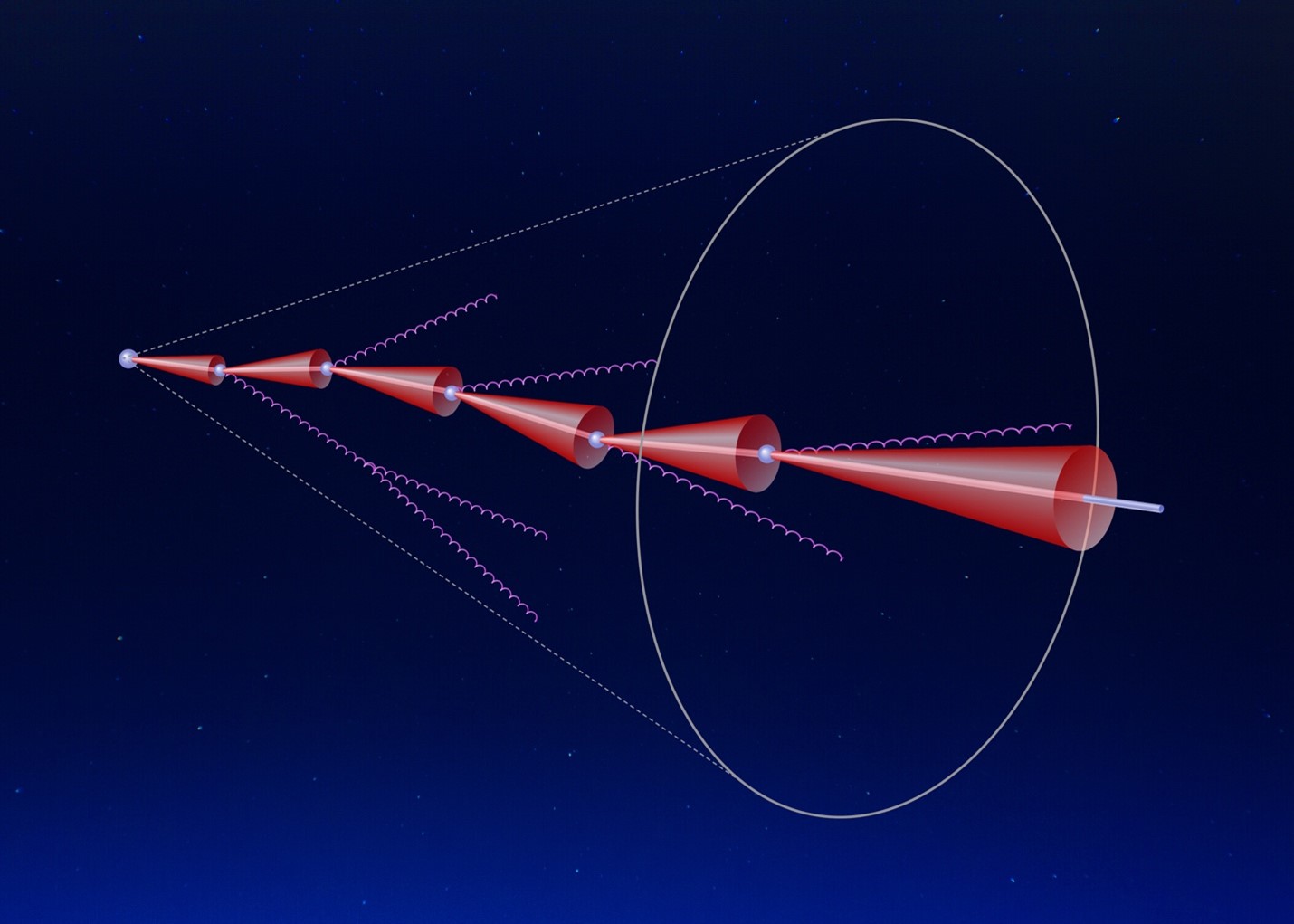
Novel techniques allow the first direct observation of a predicted effect that results in the suppression of gluon radiation emitted by a heavy quark.
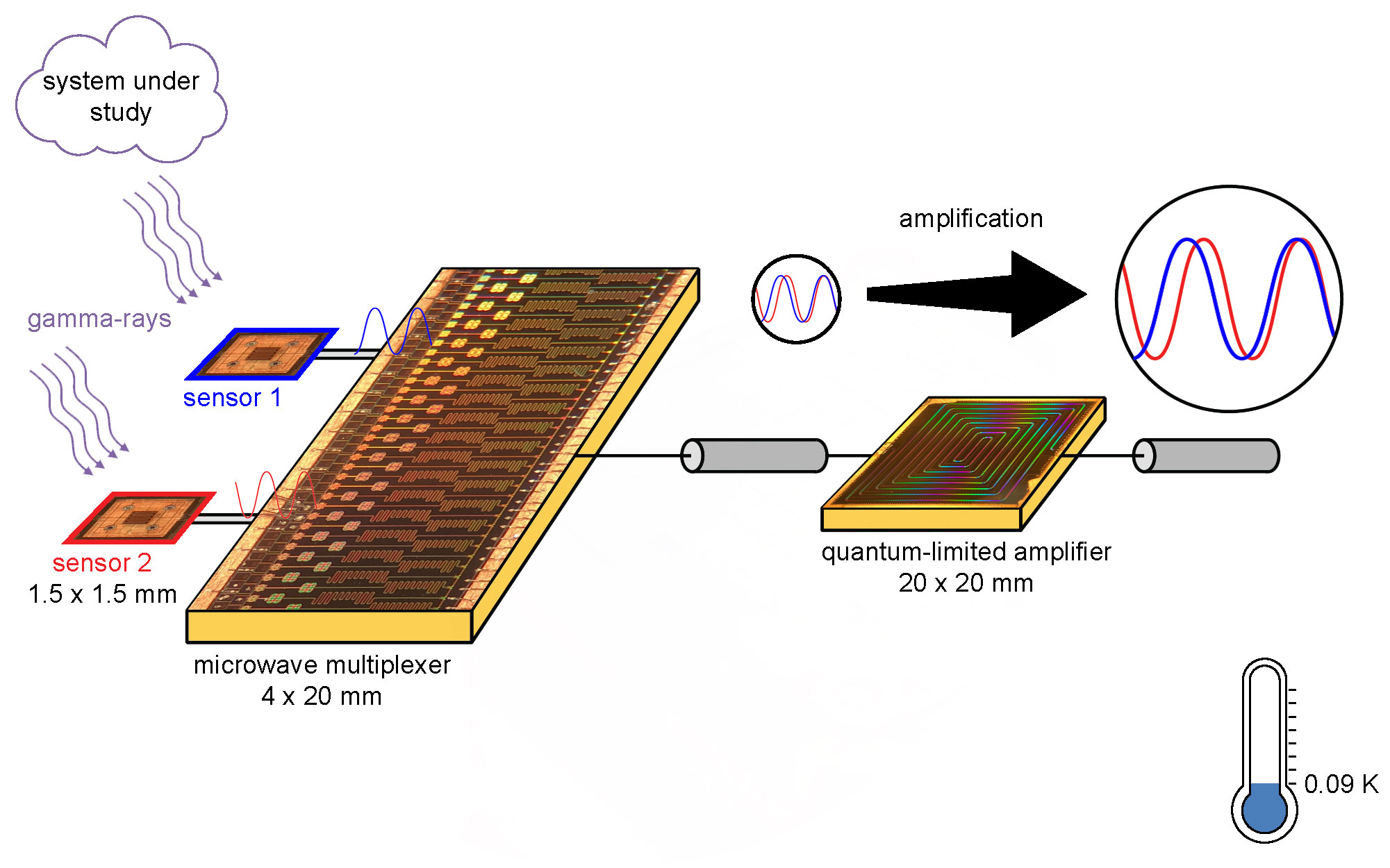
New tools borrowed from quantum computing will improve the detection of X-rays and gamma-rays.
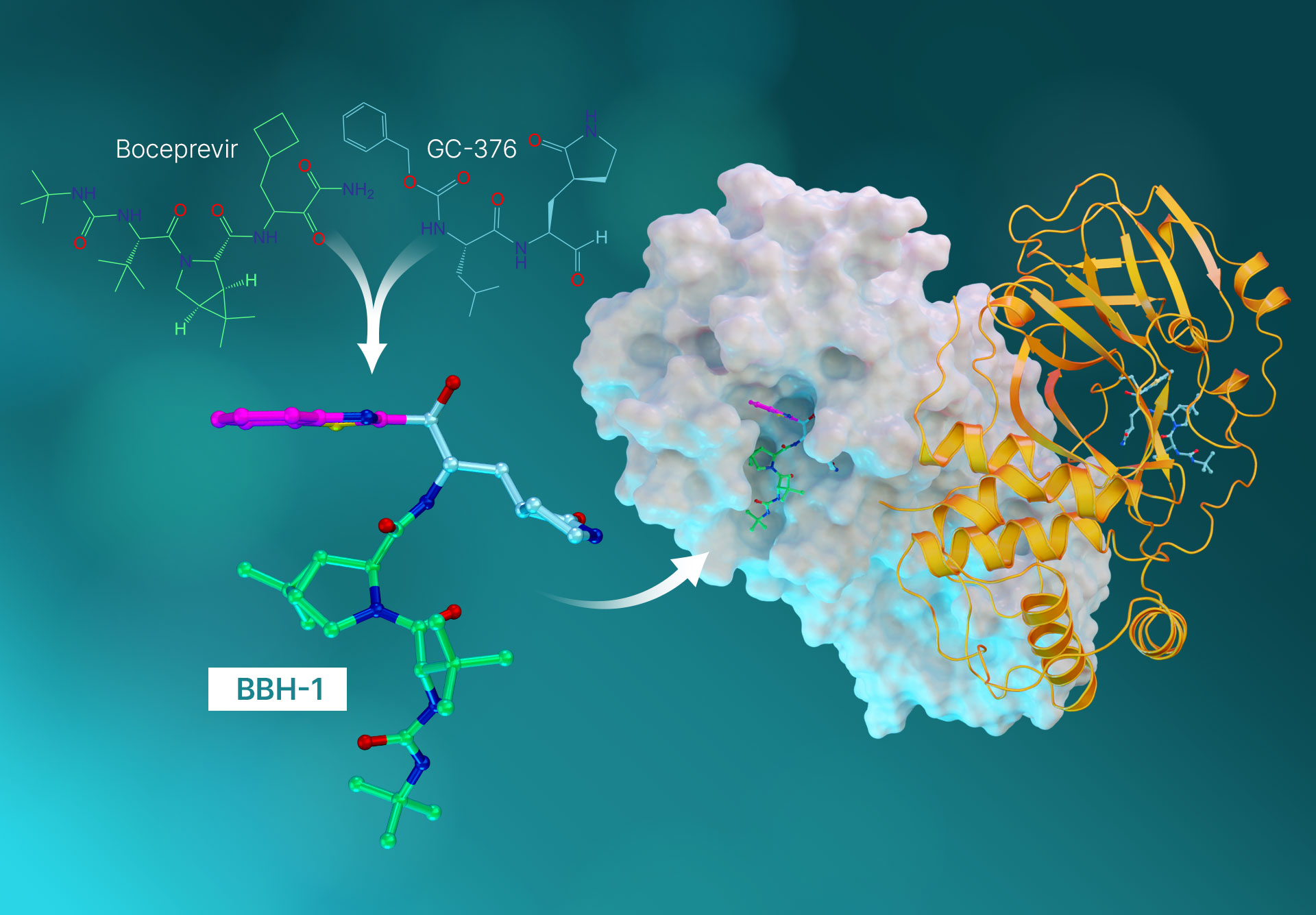
Solving atomic structure and binding for improved antiviral drugs.
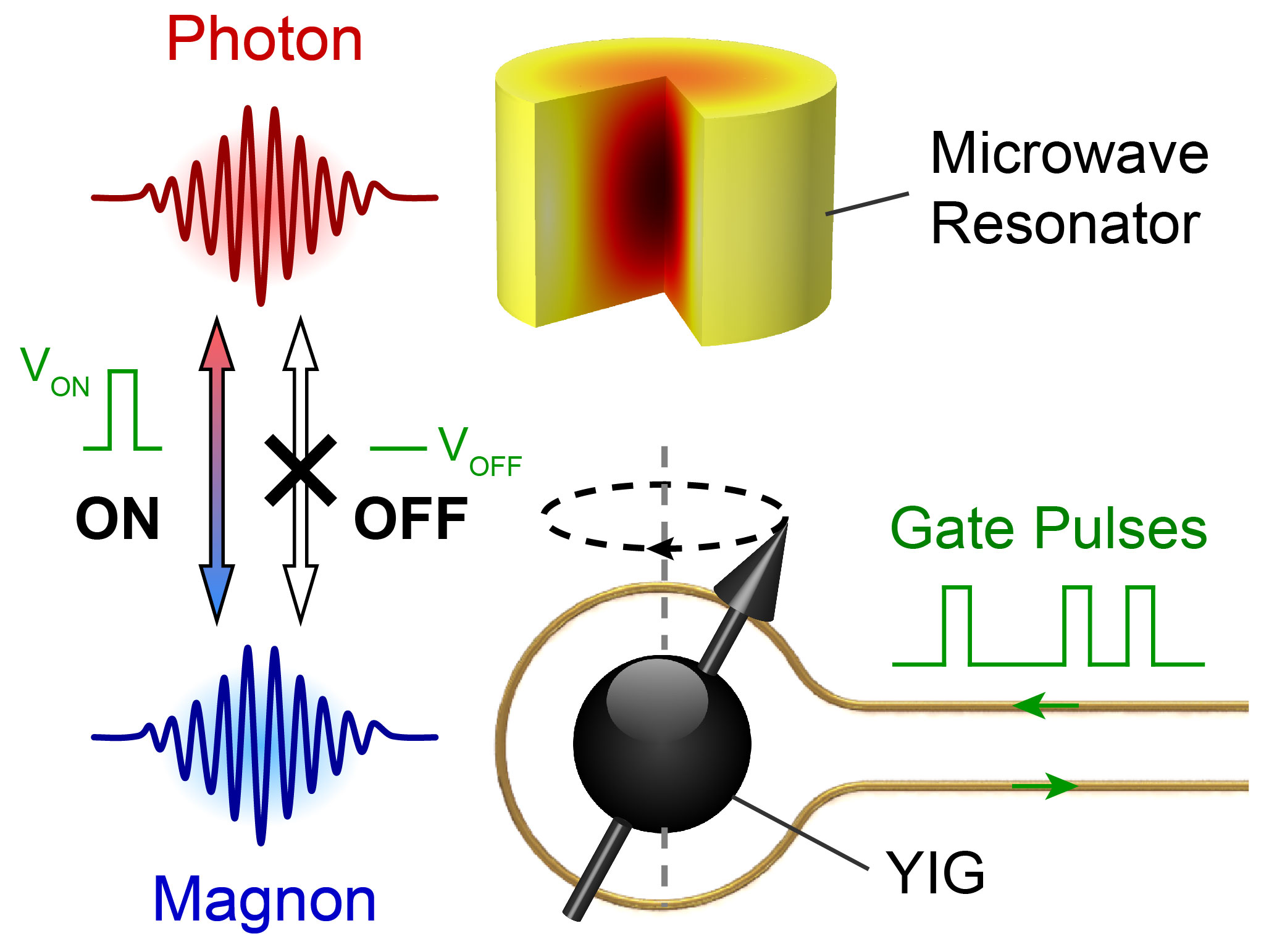
New gate design leads to fast coherent control of novel electromagnonics devices.
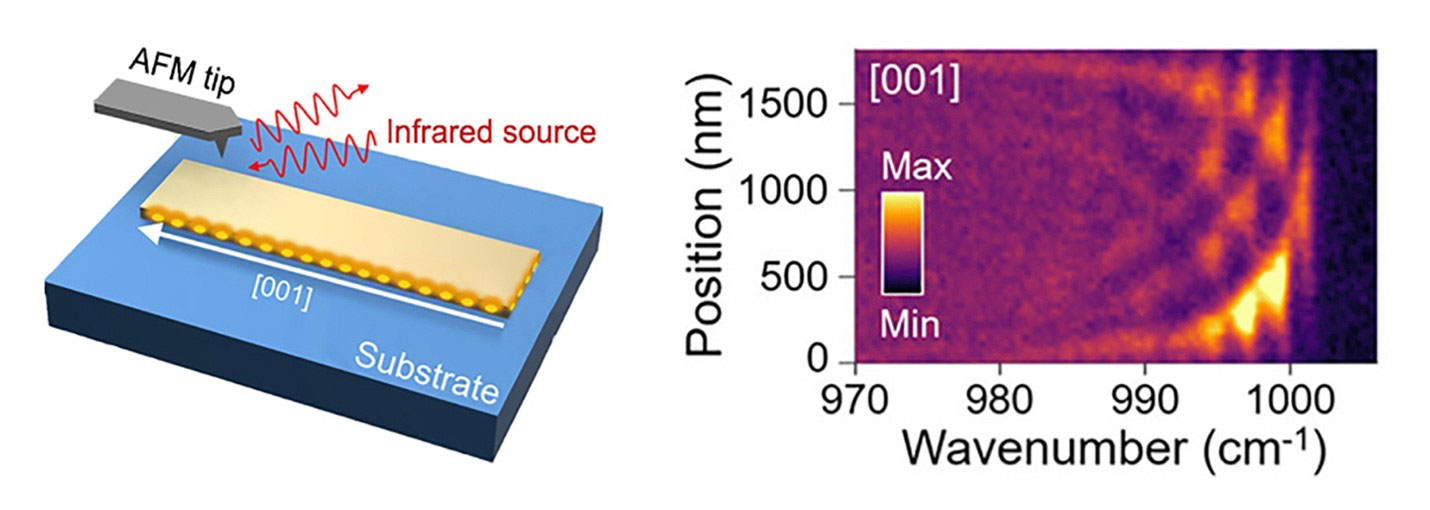
Crystalline nanoribbons synthesized to resonate with infrared light for imaging, sensing, and signaling pass a crucial test.